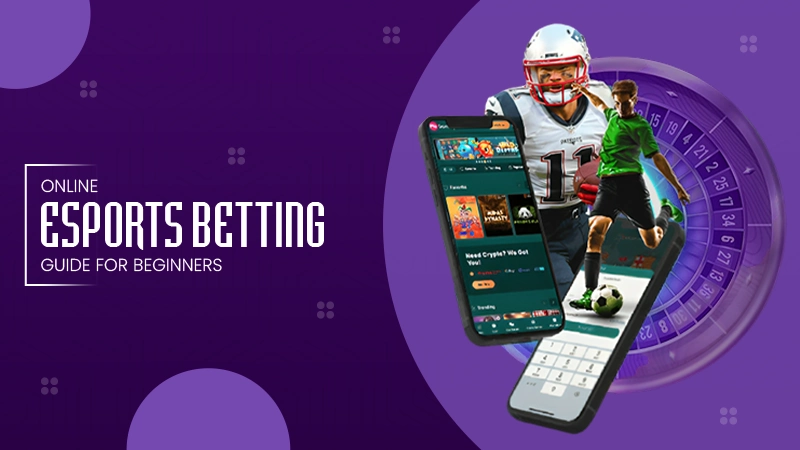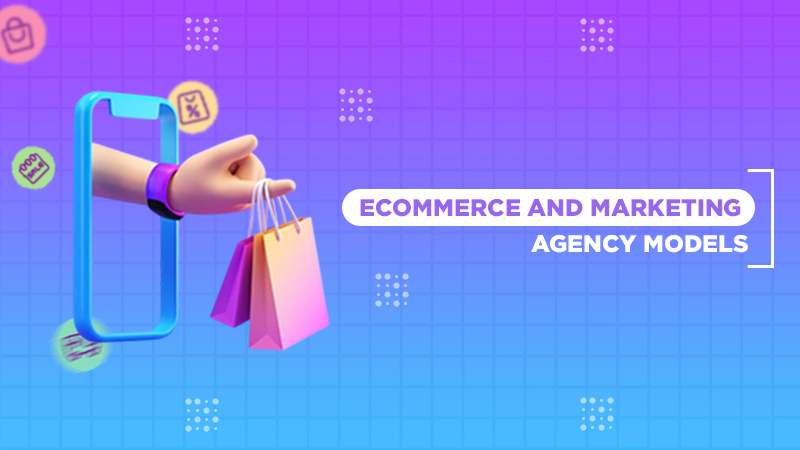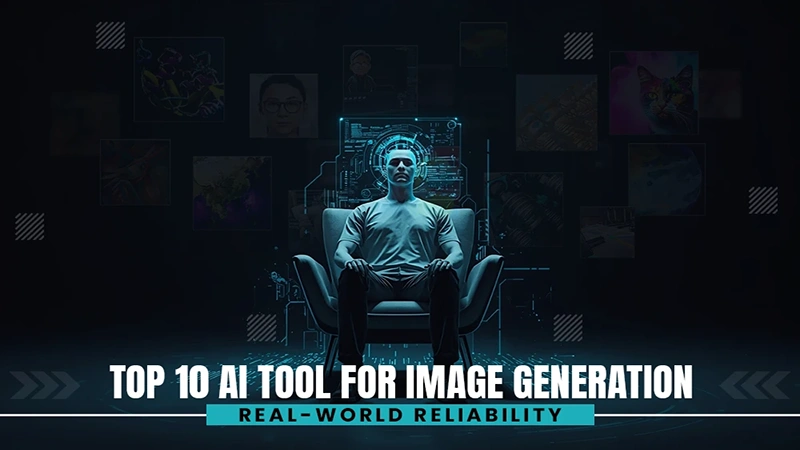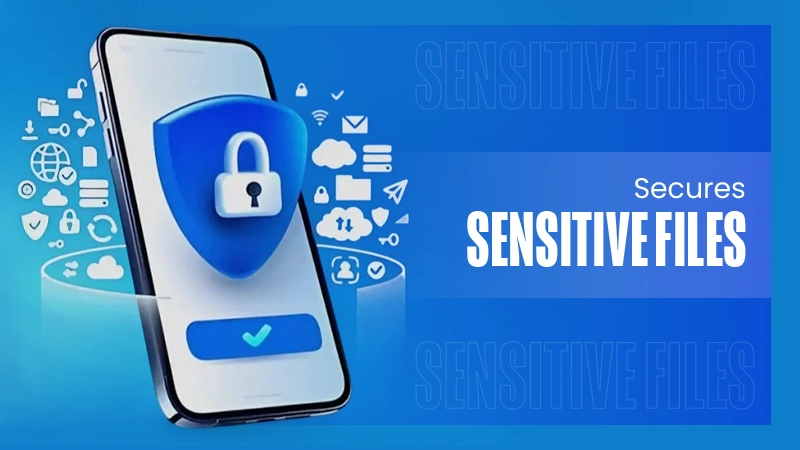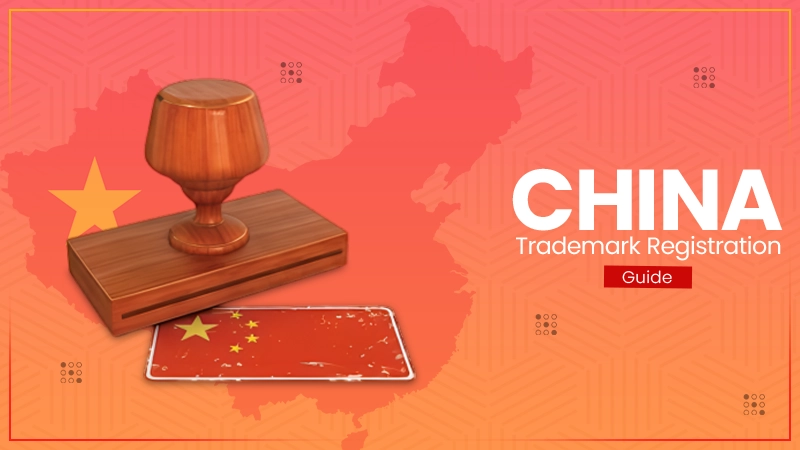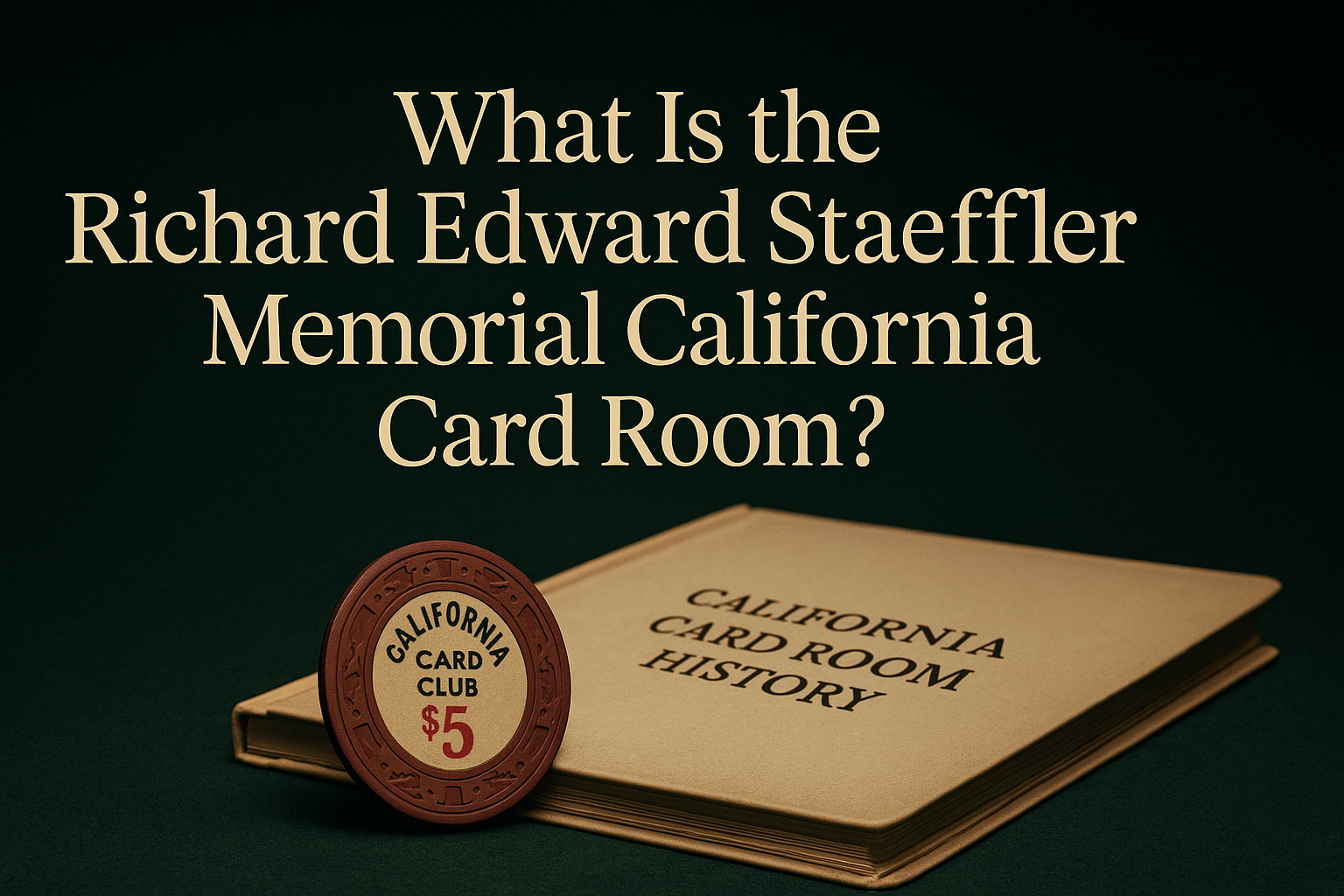Augmented Reality Navigation allows users to more easily follow routes and understand their environments, with directions superimposed directly onto the surrounding environment. This technology is particularly helpful for drivers as it minimizes distractions while increasing safety.
Participants were asked to rate their display type after every drive and look behavior was assessed in response to an unclear left turn situation with an oncoming car. Also, learn about Amazons GPT55X by reading this article!
The Benefits
AR navigation utilizes smartphones, tablets, headsets, and virtual reality devices to overlay digital elements onto real environments, allowing users to navigate with visual cues that are easily understood by labeled markers that make navigation easy.
AR indoor navigation applications go beyond providing just directions; they also display information like landmark names and addresses to aid users and prevent getting lost. This feature makes the user experience better while helping prevent further frustrations due to being lost.
AR indoor navigation offers another advantage by adapting to dynamic changes in its environment. When retailers reorganize store layouts or event spaces open new rooms, AR systems automatically adjust to display the most convenient route for users.
AR navigation makes it easier for people to locate objects and equipment in large workspaces like warehouses and factories, for instance, following directions displayed on a screen to find what they need for customer orders quickly – this reduces search time while increasing productivity.
The Challenges
AR navigation is an innovative technology that enables users to reach their destinations without looking away from their surroundings. This feature has many practical applications for office workers receiving directions on their devices or tourists being guided through museums with detailed knowledge about exhibits displayed.
When creating an AR navigation app, it is vital to consider how end users will perceive the content. To accomplish this, select suitable visual markers for the target environment of your app and ensure they can easily be recognized; additionally, an intuitive interface design must exist that blends in seamlessly with real-world information.
Consider also the possibility for occlusion; as AR elements could obstruct end users’ ability to perceive their physical surroundings, leading them down a path toward distracted driving or walking into walls and obstacles.
Finally, you should implement a navigation algorithm that uses sensor and camera data to ascertain the current location of the device in real-time, mapping the surrounding environment in real-time and creating an evenly distributed graph to avoid dead ends while efficiently guiding users. Popular navigation algorithms include Dijkstra’s algorithm and Weighted Voronoi Stippling which generate the most efficient routes.
The Future
Comparative to traditional GPS navigation, AR navigation offers more accurate positioning with millimeter-level precision and real-time updates. Furthermore, this technology can optimize routes to points of interest to save users both time and effort in travel planning.
With 5G technology’s arrival, data rates will become even faster while latency will decrease significantly, creating AR navigation experiences that are seamless, intuitive, and responsive.
Major map services like Google Maps are offering Augmented Reality walking directions on smartphones, displaying arrows that illuminate real-world scenes through AR walking directions. This allows users to navigate complex urban landscapes more efficiently while remaining aware of their surroundings – it has even been demonstrated that using AR navigation helps reduce detours. AR can even help ease congestion in busy indoor venues like airports and shopping malls by providing step-by-step instructions to reach specific locations more quickly.
Major eCommerce companies are testing AR wayfinding in their warehouses to assist employees in quickly finding items quickly and efficiently. The technology can also be utilized in construction jobs to enable workers to see underground utilities and structural elements more clearly thereby increasing safety. Marine navigation also benefits from AR wayfinding by showing virtual shapes over AIS (Automatic Identification System) targets on ship displays for greater situational awareness.
The Solutions
AR Navigation allows users to overlay digital information and directions over real environments, using smartphone cameras to track device positioning in real life and overlay arrows or other guidance over that view. This technology has proven its worth across various industries by offering navigation solutions.
AR navigation technology is being deployed at airports to guide passengers along their journeys, offering directions as well as alerting them of schedule changes or service disruptions. AR is particularly beneficial in dense environments like airports where it increases the chance of getting lost or taking wrong turns more easily.
AR navigation offers businesses a way to enhance user experiences and build customer loyalty. It can be utilized in mega malls to help customers locate products more quickly, or it can display additional multimedia content or promotions for an engaging experience for the user.
When developing an AR Navigation application, it is critical to define and test user input methods before testing in various indoor environments. Collect feedback and iterate as necessary before testing for accuracy and performance before publishing to app stores or enterprise platforms.
PlugXR
PlugXR’s Augmented Reality Navigation makes it possible to create engaging experiences across locations for business use in e-commerce stores, Shopping Malls, Tourist Places and beyond.
PlugXR provides creators, XR developers, and brands with a no-code creation platform that enables users to easily develop augmented reality (AR) applications and experiences for all major devices and SDKs without needing to re-create similar experiences from scratch. By saving experiences as templates for reuse later, marketers can optimize performance without the hassle of starting from scratch every time a similar experience needs re-creating itself.


